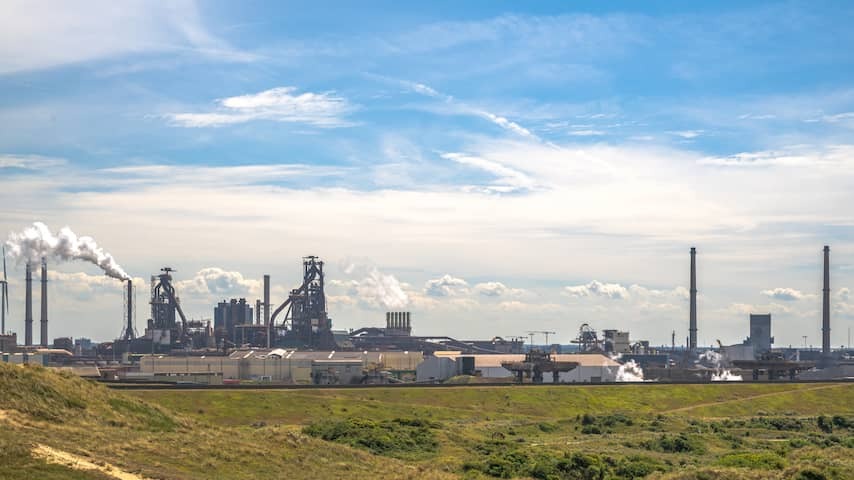
Welfare in the Netherlands is on average higher than in the rest of Europe. But there are still many opportunities in the areas of air pollution, job security and personal development, according to research by Rabobank.
Dutch provinces score slightly higher on average than other regions in Europe. Rabobank and Utrecht University measure prosperity annually using the Broad Welfare Indicator (BWI). This looks at eleven components that determine the well-being of the population.
The fact that the Netherlands scores well is mainly due to the high mark that people give to their happiness and satisfaction. Residential satisfaction is also generally high, as is social involvement. The latter asks about volunteer work and trust in others.
In other areas there is still room for improvement, writes Rabobank. Dutch areas score less well especially in the area of work-life balance, mainly due to flexible employment contracts. Particulate matter also has a negative influence. Both of these effects are mainly seen in the Randstad. According to Rabobank, this can be explained logically: “These areas have a higher population density and also often account for the majority of national economic activities, growth and innovation.”
The European regions with the highest scores are found in Norway and Switzerland. Lucerne in Central Switzerland achieved the highest score. This is mainly because residents of that region give a good score in the areas of safety, environment, health, housing, satisfaction and job security.
In Hungary and especially Greece, the prosperity score is the lowest in Europe. This is mainly due to lower incomes. In addition, people in those regions are on average less satisfied and happy, especially in Greece. In Hungary, health is worse. Greek regions also score worse in terms of work-life balance and housing.